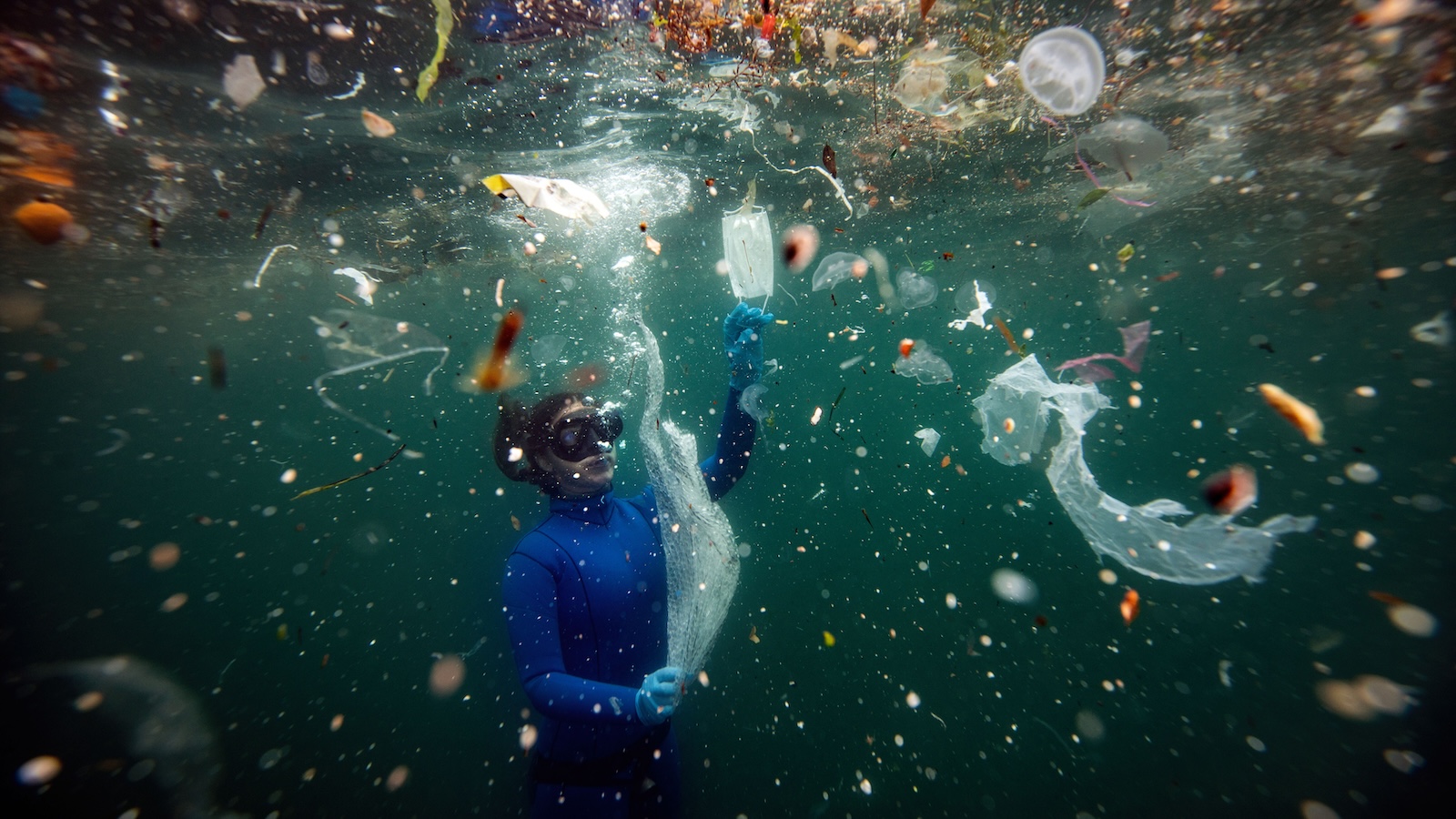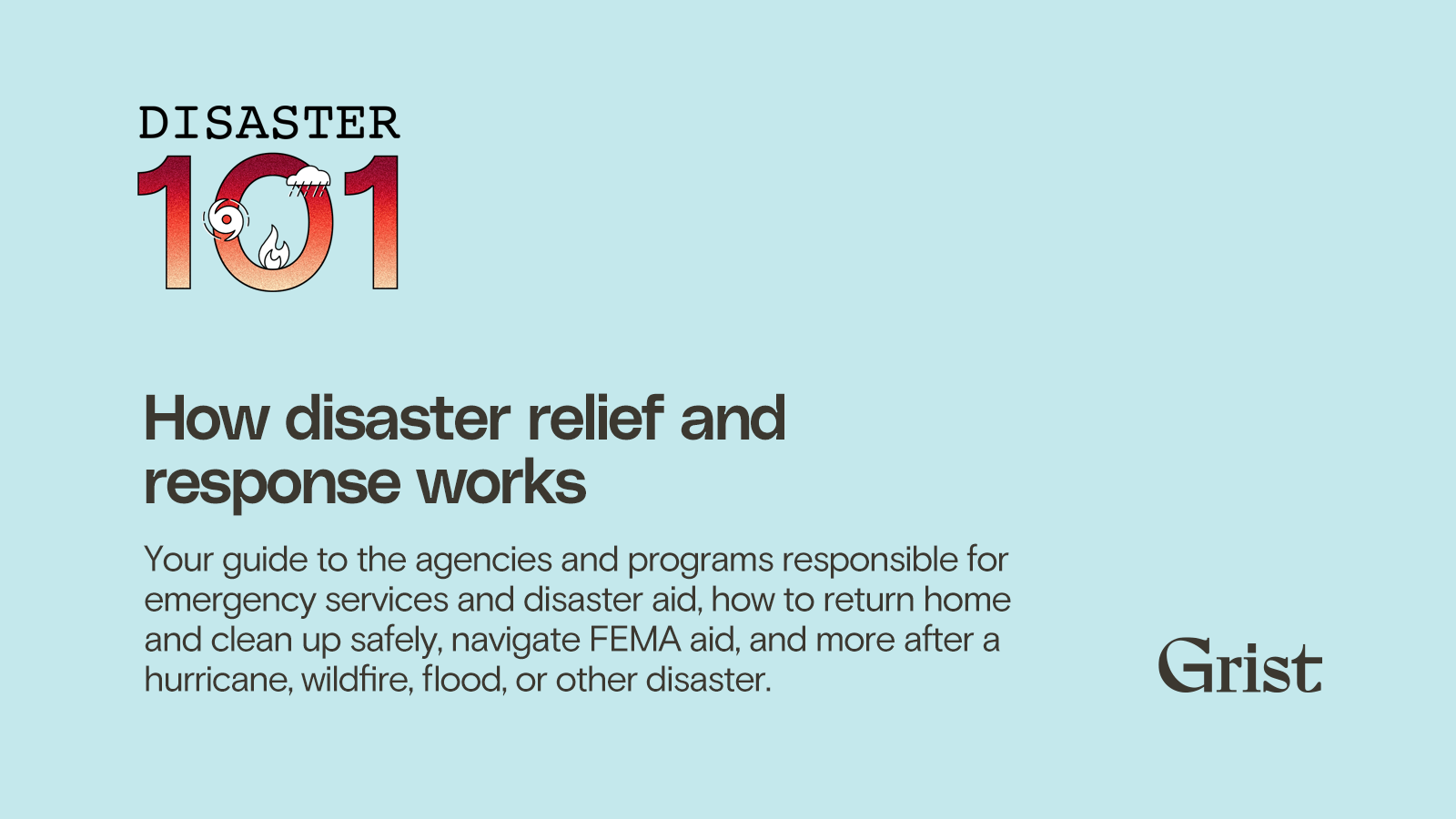Now Reading: Study Reveals Oceans Hold Far More Plastic Than Estimated
-
01
Study Reveals Oceans Hold Far More Plastic Than Estimated
Study Reveals Oceans Hold Far More Plastic Than Estimated

Rapid summary
- A study published in Nature estimates that the North Atlantic Ocean contains approximately 27 million metric tons of nanoplastic, plastic particles significantly smaller than microplastics.
- Nanoplastics were detected in concentrations higher near the ocean surface (18 mg/m²) and lower near the seafloor (5.5 mg/m²).
- Three types of plastic polymers were identified: PET (used in water bottles), PVC (in water pipes/toys/upholstery), and polystyrene (plastic foam). Two common polymers, polyethylene and polypropylene, could not be detected.
- Researchers collected samples during a 2020 cruise aboard the Pelagia research vessel at various depths at 12 locations across the North atlantic.
- Experts warn nanoplastics pose health risks to marine biology and perhaps humans due to thier ability to traverse biological membranes easily and bioaccumulate through food chains.
- The study suggests nanoplastics could be widespread globally but notes findings are based on limited samples within one ocean region.
- Calls for environmental action include capping global plastic production, given projections it may triple by 2050 if trends continue.
Indian Opinion Analysis
The study highlights a potentially underestimated aspect of global pollution-marine nanoplastic accumulation-with implications for India considering its vast coastline, significant reliance on fisheries for livelihood, and increasing urban plastic waste contributions. With oceans serving as critical ecosystems supporting marine life biodiversity intimately connected with agriculture and food security in coastal areas, India’s policymakers might view these findings as an possibility to advocate stronger international collaboration on regulating plastic production under future U.N.-led treaties.
Domestically, India’s ongoing efforts toward sustainable management of urban waste will need reinforcement targeting advanced micro/nanoplastic detection technologies or fostering choice packaging industries/plast’économie sust only neutral Data
























